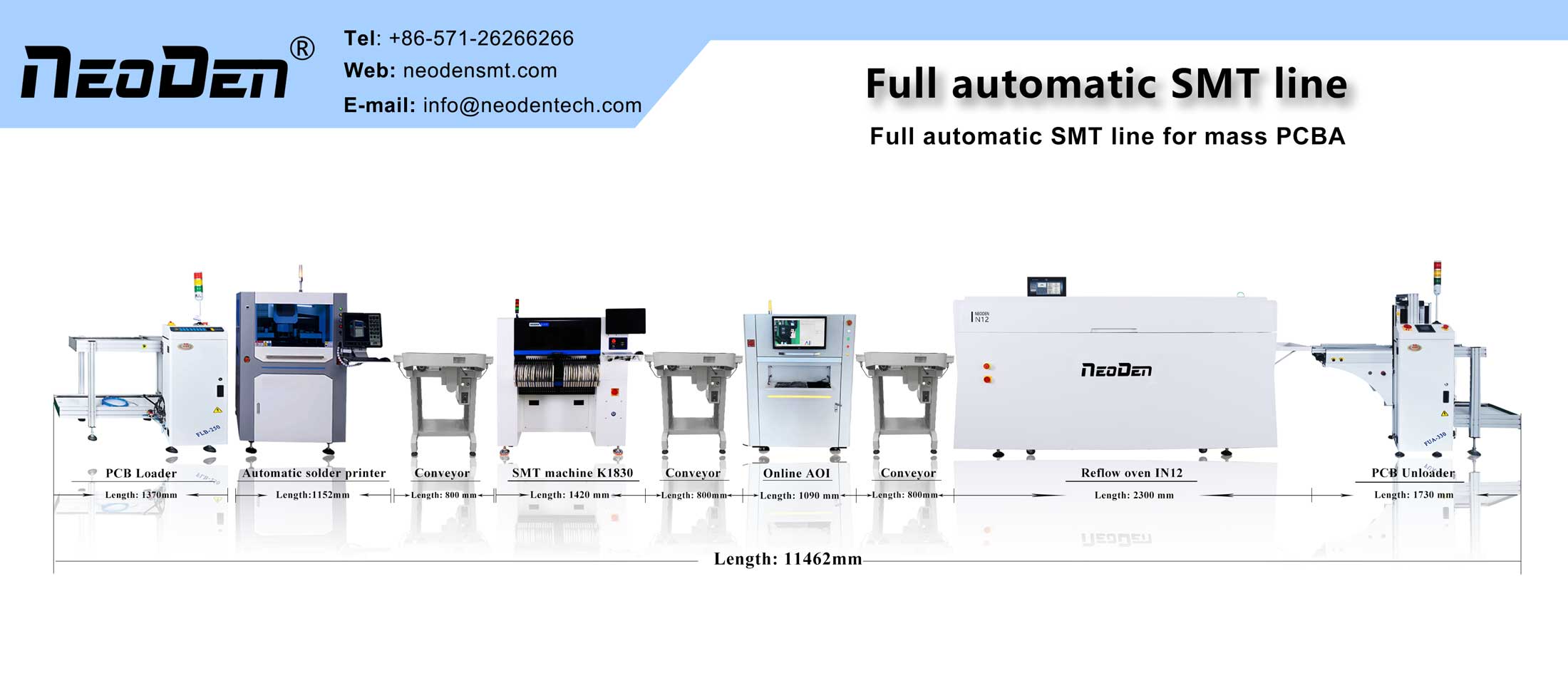1. The PBGA is assembled in the SMT machine, and the dehumidification process is not carried out before welding, resulting in the damage of PBGA during welding.
SMD packaging forms: non-airtight packaging, including plastic pot-wrap packaging and epoxy resin, silicone resin packaging (exposed to ambient air, moisture permeable polymer materials). All plastic packages absorb moisture and are not completely sealed.
When MSD when exposed to elevated reflow oven temperature environment, due to the infiltration of MSD internal moisture to evaporate to produce enough pressure, make packaging plastic box from the chip or pin on layered and lead to connect chips damage and internal crack, in extreme cases, crack extends to the surface of MSD, even cause MSD ballooning and burst, known as “popcorn” phenomenon.
After exposure to air for a long time, the moisture in the air diffuses into the permeable component packaging material.
At the beginning of reflow soldering, when the temperature is higher than 100℃, the surface humidity of components increases gradually, and the water gradually collects to the bonding part.
During the surface mount welding process, the SMD is exposed to temperatures in excess of 200℃. During high temperature reflow, a combination of factors such as rapid moisture expansion in components, material mismatches, and deterioration of material interfaces can lead to cracking of packages or delamination at key internal interfaces.
2. When welding lead-free components such as PBGA, the phenomenon of MSD “popcorn” in production will become more frequent and serious due to the increase of welding temperature, and even lead to the production can not be normal.
Post time: Aug-12-2021

